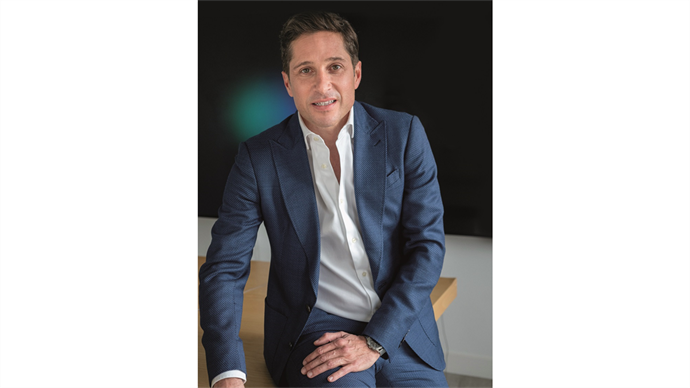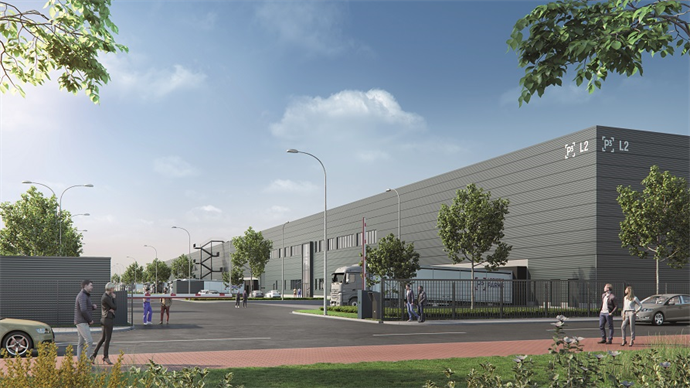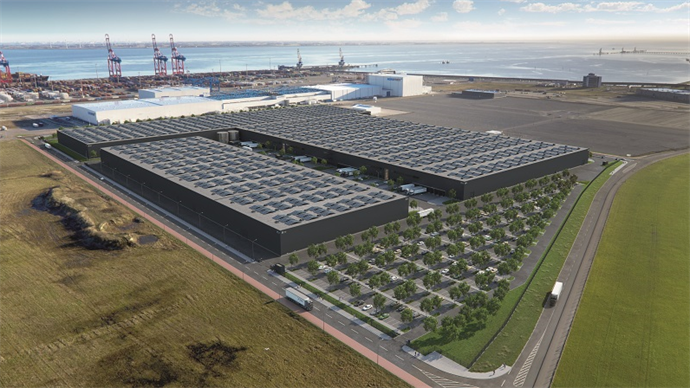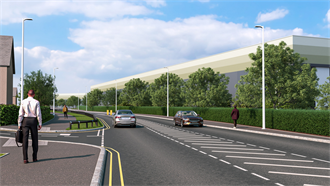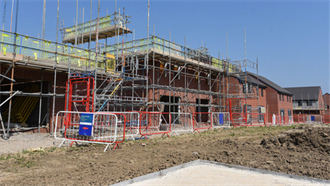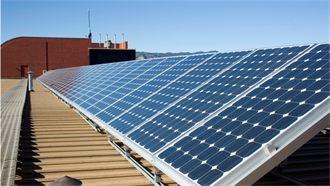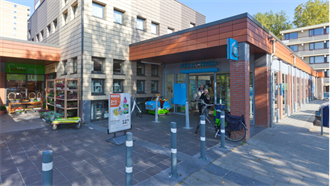An uncertain global economic outlook makes the logistics market difficult to navigate, but strong fundamentals spell opportunity for developers which can deliver, according to P3 Logistic Parks.
High inflation, base interest rate rises, financing issues, labour market costs, and more; the list of causes which can hinder industrial space suppliers from meeting customer demand in 2023 is lengthy.
The final quarter of 2022 saw take-up of warehouse space for logistics in Europe drop by 10% in six leading markets, while investment in the industrial and logistics segment also fell by 19%, according to research by BNP Paribas.
Despite this, demand remains high because e-commerce adoption continues apace, as shoppers swap high streets for online, across the continent. And while take-up was down at the close of 2022, it actually still matched the quarterly average since 2017, reports Savills.
It all adds up to a mixed picture, with clouds but also bright spots. Occupancy is at a historic peak of up to 95%, owners say. P3 Logistic Parks, a leading pan-European owner, manager and developer of industrial real estate, is active in 11 markets and reports its vacancy is presently as low as it has ever been, at 2%. Another plus has been healthy year-on-year rental growth of 12.5% in Europe, boosted by secondary markets.
Positive fundamentals like these are motivating some developers to step up and meet demand, but doing so is not simple. Conditions have caused some deals to grind to a halt as players changed their strategy by adopting a wait-and-see position, while some customers put expansion projects on ice, due to a lack of confidence in what the short-term future holds.
To be delivered
But sometimes, it matters who you talk to. Performance by developers with the capacity to deliver projects on time and on budget suggests that there’s lots to scope for both buyers and sellers of industrial space to feel like winners in 2023.
‘There are positives, most of all the logistics market itself, which continues to demonstrate resilience and favourable long-term demand,’ says David Marquina, Chief Development Officer for Europe at P3.
Developers which can deliver amid unpredictable conditions have the appetite to build new space. This is supported by a fall in construction costs, itself a product of the present environment: in response to challenging conditions, some players pulled out of markets, which meant fewer new projects have begun and therefore demand for materials is down, and so is their price.
In 2022, when construction costs and 10-year bond rate rises were acuter than today, P3 set a new company record for completed development projects; circa 594,000 m². As of this April, the company had 425,000 m² of construction taking place across Europe.
‘Our approach is simply to be customer-centric’, explains Marquina of this brisk activity. ‘What I ask of our teams is to stay close to our clients, to listen to them and try to anticipate their needs. With a close relationship in place with your customers, this is possible to do.’
This year, P3 is developing a total of 163,000 m² in Poland, and also plans to complete 70,000 m² of speculative space at three locations in the Czech Republic by the middle of 2023. Meanwhile in Germany, work is starting on two projects totalling 173,000 m², and there’s also a 39,000 m² brownfield site currently under redevelopment near the city of Stuttgart.
In total, 83% of the company’s current construction projects are speculative, meaning they began before a buyer or occupier was confirmed. But is it tempting fate to build a warehouse or a logistics faculty with no buyer or tenant in place, when uncertainty defines the economic outlook?
Marquina says spec is a key ingredient in success. ‘We have a strong record of speculative developments, which allow us to respond more quickly to the high demand for space in the market. The key is to invest in strategically located sites that meet the demand of customers. We manage to lease most of our speculative developments completely during the construction process.’
He acknowledges spec builds require very strong rationale on land price, location, future rent value, and other factors. Basically, it boils down to a developer possessing the capacity to do detailed research and then make the right call – which is even more crucial at a time when the level of big-picture predictability is low.
Invest in future
And at the base of this long development process is the land itself on which a modern warehouse stands. That’s why it pays to focus upon plots; they’re literally foundational to any successful development. Presently, P3’s own bank of potential leasable land stands at 1.9m m2 – and the company wants more.
Marquina says: ‘Basically, if you want to do development in future, then you need to take care of your landbank today. But acquiring land is a lengthy process; it’s not like asset acquisitions where you identify a yielding property, buy it and then it’s in your portfolio, generating income.’
‘With land banking, it takes a long time to secure a plot and navigate regulations, zoning, permitting, and so on. And of course, there needs to be a customer to make it all worth it. The whole process can take up to four years.’
This isn’t made any easier by Europe being a patchwork quilt of different markets, between which differences abound. The east of the continent has plentiful land but markets which tend to be less active than in the west, where there are leading markets, but space on which to serve the e-commerce boom is squeezed. And there’s always red tape to consider, in the form of regulation – which also differs by country.
Marquina says: ‘Poland has a rapid permitting process, which makes it efficient to manage. But then there are places with higher land scarcity and more regulations and restrictions, like the Netherlands and France, where the process of getting the permit is especially lengthy.’
One way to increase certainty in the current conditions is Build-to-Suit (BTS), which is when customers ask companies like P3 to build a bespoke warehouse for them. It’s a model which offers predictability to developers; which is appealing when the external environment lacks it. In Spain, P3 kicked off 2023 with the delivery of a BTS development of more than 29,000 m2 to Groupe CAT.
‘When you have a client who wants a BTS, then other factors become minimal,’ says Marquina. ‘Often, local governments are most interested in choosing a developer who brings a specific customer from the outset, in order to know the business they will welcome to the local community. In such cases, we favour the BTS approach and we’re currently working with several customers on new opportunities that include some larger land acquisitions.’
As of Q2 2023, it seems like it’s the fundamental things which matter most in European logistics. The outlook is mixed, but economic tailwinds are predicted to return. Eurozone inflation appears to have peaked according to Consumer Price Index data, but the high cost of living may dampen retail demand, which the logistics segment relies heavily upon. A shifting landscape contains opportunity for those developers prepared to be diligent and customer-focused. Marquina detects new fundamental trends already at play.
‘I certainly hope the pandemic era is over, although we still have issues to deal with, like limited supply and disrupted supply chains,’ he says. ‘But I think the trend for reshoring manufacturing and production to be closer to home markets in Europe is here to stay and likewise, increasing inventories are too, as distributors switch to ‘Just-in-Case’ stockpiling from a Just-in-Time approach, which should mean customers need more space.
‘But the fact remains that every market and every deal is specific; you need to gain a very good understanding in order to succeed.’

